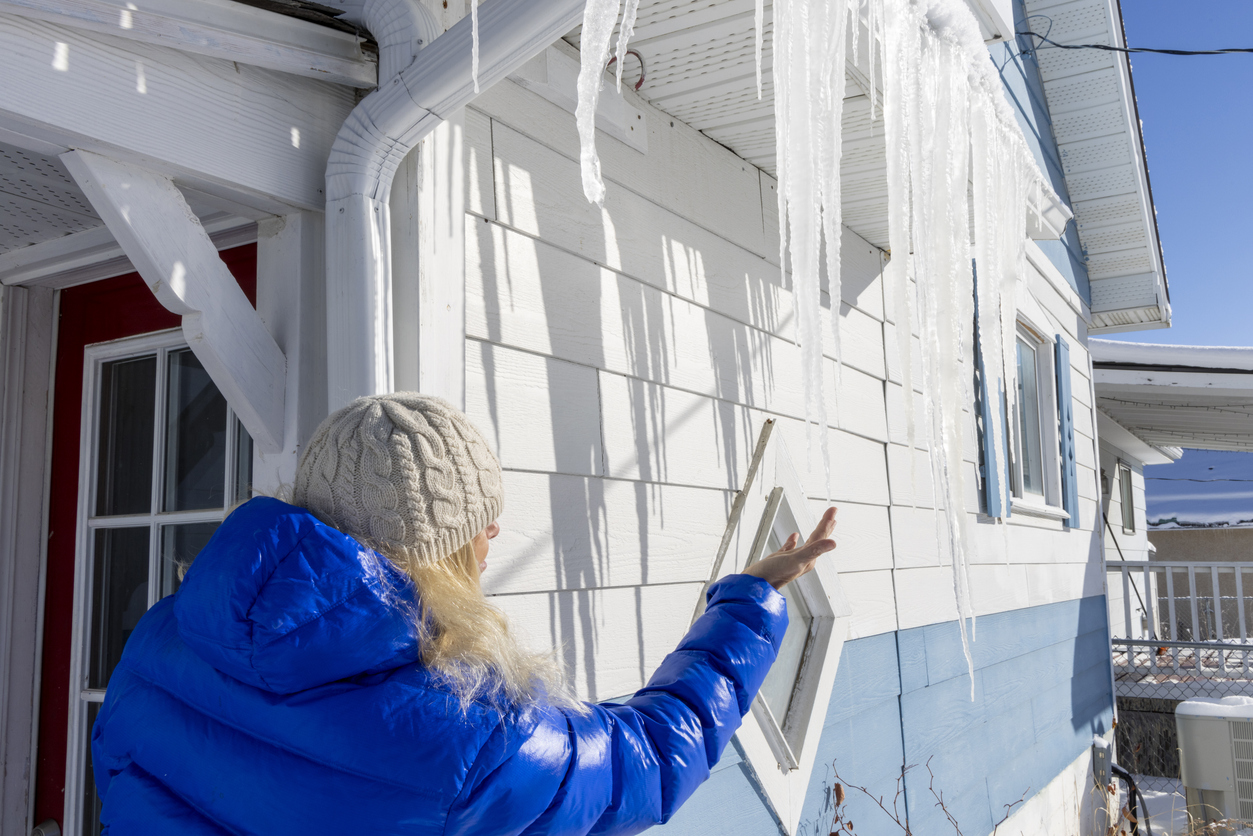Every one of us lives in a flood zone in the Unites States. According to the National Flood Insurance Program (“NFIP”), “everyone lives in a flood zone—it’s just a question of whether you live in a low, moderate or high risk area.”1 Coastal areas may be at a higher risk, but flash floods can occur in the desert.
In Super-Storm Sandy’s aftermath, there have been questions of all types from homeowners and business owners regarding details of flood insurance coverage. Many people feeling the affects of Sandy have never had to deal with a flood event before. But the truth is floods and flash floods happen in all fifty states. Flood coverage is an important one to have in place, since generally speaking most homeowners’ insurance policies do not cover flood damage. Common things that are short of catastrophes and may be overlooked as causes of flooding are: winter storms and snow melt, and new land development (especially if it alters natural water runoff).
Probably the most common question lately has been: How much flood insurance coverage is available? Flood coverage limits for a standard flood policy through the NFIP are:
| Coverage Type | Coverage Limit |
| One to four-family structure | $250,000 |
| One to four-family home contents | $100,000 |
| Other residential structures | $250,000 |
| Other residential contents | $100,000 |
| Business structure | $500,000 |
| Business contents | $500,000 |
| Renter contents | $100,000 |
Additional or excess flood coverage can be purchased in the private insurance market beyond the limits offered by the NFIP. For those that find themselves without flood coverage following a catastrophe like Sandy, there is Federal disaster assistance available. Typically it is in the form of a loan that must be paid back with interest. But when looking at the numbers, it makes much better sense to have coverage in place for the monthly premium (which the average yearly premium for a flood policy is under $700), then to pay on even a $50,000 disaster relief loan at 4% for numerous years. Plan for the worst by having the coverage in place, and hope for the best in that you will never need it and the premium provides peace of mind should disaster strike.
For those involved in the flood claims process, be mindful of some of the important claim deadlines (FEMA Institutes “Rapid Claims Process” As A Result Of Super Storm Sandy), and do not hesitate to contact an experienced adjuster or attorney to discuss the particulars of your situation.
1 http://www.floodsmart.gov/floodsmart/pages/faqs/what-are-flood-zones.jsp.



